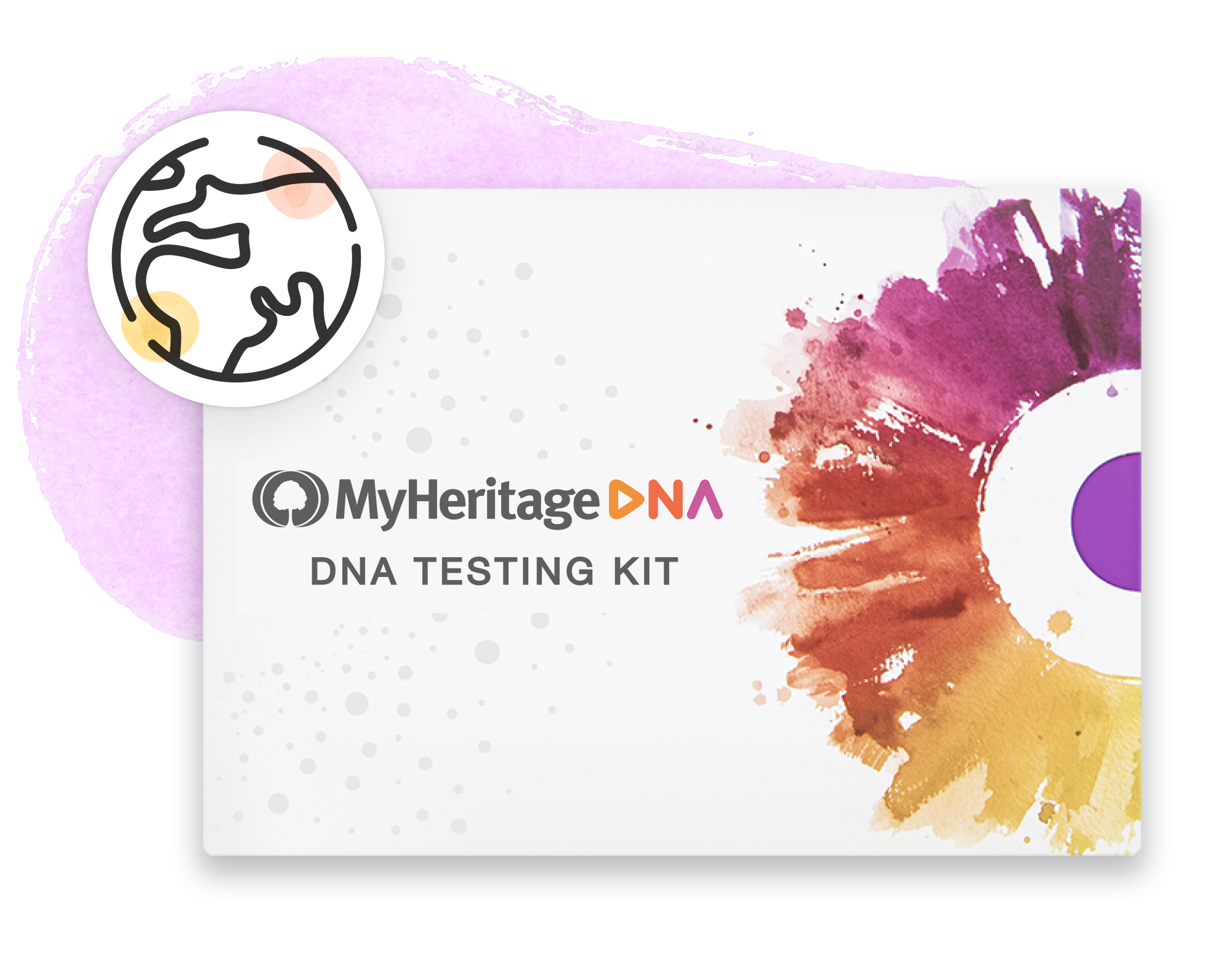
Genetic distance serves as a measure of genetic divergence; it quantifies the differences between species or populations within a species by estimating the proportion of gene changes that have occurred in the separate evolution of two populations.[2] Whether we’re examining time from a common ancestor or the degree of differentiation, genetic distance provides valuable insights. Those populations that have a large number of similar alleles are known to have small genetic distances, which can be used to confirm that they are closely related and have a recent common ancestor.
In Autosomal DNA testing, genetic distance is the length of the segment measured in centimorgans. For Y-DNA and mitochondrial DNA testing, genetic distance is a term often used to when number of differences in the STR values or mutations between two sets of DNA.
Explore more about Genetic distance
- Genetic distance at the International Society of Genetic Genealogy Wiki
References
- ↑ Cavalli-Sforza, L.L., Menozzi, P. & Piazza, A. (1994). The History and Geography of Human Genes. New Jersey: Princeton University Press.
- ↑ Genetic differentiation during speciation. Encyclopedia Britannica


